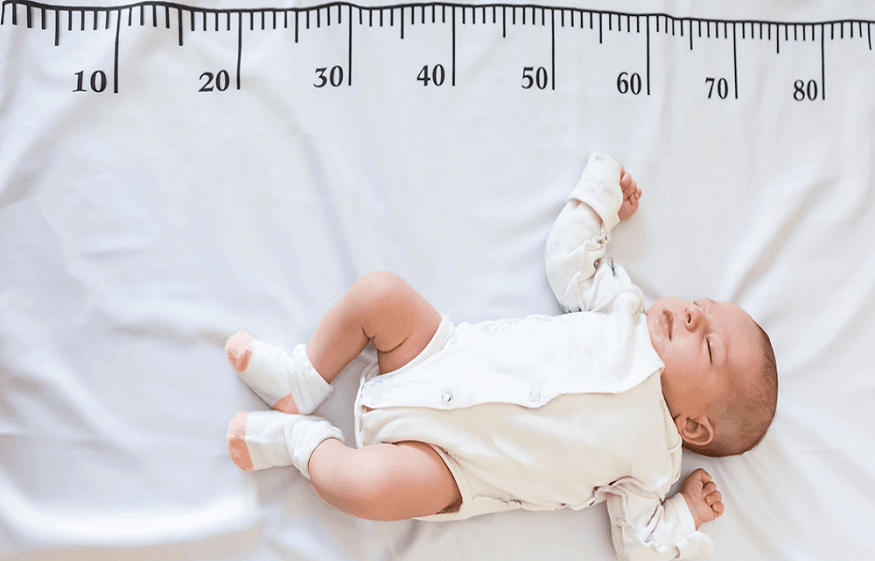Being a parent and watching your newborn grow is one of the most exciting moments but also really nerve-wracking at the same time. It is very important to keep track of how well your child is growing and developing; an infant weight chart can come in handy in this regard. Such charts indicate an age-based guide that helps you track growth and develop reassurance and insight into your baby’s development. In this blog, we will discuss how an infant weight chart can be effectively used and will share some simple home remedies for colds in babies to keep them healthy and thriving.
Understanding Infant Weight Charts
An infant weight chart is a standardised tool that will be used by paediatricians and parents to determine whether a child grows at healthy rates or not. The information is generally based on data collected by health organisations such as the World Health Organization (WHO) or the Centers for Disease Control and Prevention (CDC). They simply indicate the different ranges of healthy weights for infants at various ages, in which the caregiver can compare his or her baby’s weight percentile against those benchmarks.
How To Use an Infant Weight Chart
- Most paediatricians weigh infants at their routine check-up appointments, but you can also do this at home using a baby scale.
- Recording your child’s weight on the chart corresponding to their age will show you exactly how much your baby has grown over time.
- Infants’ weight charts usually are represented as percentiles. If your baby is in the 50th percentile, it means they weigh more than half of the babies their age. Normally growing babies fall in between the fifth to ninety-fifth percentiles.
- If the baby’s growth curve shows large deviations from the chart in either sharply dropping or rising percentiles, it is always a good idea to consult a paediatrician. It will help ascertain whether or not the baby is suffering from a health problem or just growing at its own pace.
- While monitoring the weight gain, it is much more important to take great care of the baby’s health. One common illness babies suffer from is a cold.
Owing to their underdeveloped immunity system, babies often fall prey to catching a cold. Some safe remedies for colds can be done in the comfort of your home to help alleviate the symptoms affecting the baby.
Home Remedies for Cold in Babies
- Saline drops: Saline nasal drops may help loosen nasal congestion in an infant. They are safe and may be used several times in one day.
- Humidifier: Using a cool-mist humidifier in your baby’s room can add moisture to the air, helping to make breathing easier by relieving a stuffy nose.
- Hydration: Ensure your baby is hydrated. If bottle-fed, have them fed more frequently. In case the child is formula-fed, there might be the chance of giving extra fluids if the paediatrician deems it advisable.
- Gentle Suction: A bulb syringe can help to remove mucus from your baby’s nose. This is especially helpful before feeding or at bedtime.
- Warm Baths: Soaking in a warm bath can be soothing for your baby and help relieve the congestion. The steam from the bath opens up the nasal passages also.
- Elevate the Head: Elevating your baby’s head a little while they sleep can help facilitate breath. In all cases, however, you should be certain it is done safely to avoid contributing to the likelihood of SIDS.
Monitoring the infant’s development through an infant weight chart and being best prepared by coming up with some home remedies for a cold in babies is an important thing in the care of a healthy baby. Remember that no two babies grow at the same pace, but any slight deviation in this case is normal. Just having open communication with the paediatrician will get your baby on the right growth track and ensure receiving the best available care. These tools and tips may be of great value as you proceed in the joys and challenges of parenting and feel your confidence grow in supporting your baby’s health and development.



